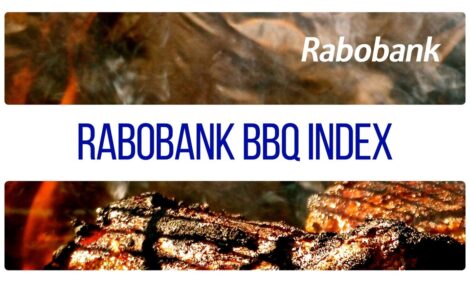



Prevalence of Campylobacter in Free-Range Broiler Breeder Flock Was Primarily Affected by Flock Age
The age of the flock was the most important factor in determining both the prevalence and diversity of Campylobacter over time, according to researchers based in Oxford, UK. The higher prevalence rate coincided with the age at which broiler chickens are typically slaughtered, which then declined for the rest of the trial period.Campylobacter successfully colonises broiler chickens but little is known about the longer term natural history of colonisation, since most flocks are slaughtered at an immature age, according to Frances M. Colles of the University of Oxford and co-authors there and at The Food Animal Initiative at Wytham.
In this study, published in PLoS ONE, the prevalence and genetic diversity of Campylobacter colonising a single free-range broiler breeder flock was investigated over the course of a year.
The age of the flock was the most important factor in determining both the prevalence and diversity of Campylobacter over time.

There was no correlation with season, temperature, the amount of rain and sunshine, or the dynamics of colonization amongst geographically and temporally matched broiler flocks.
The higher prevalence rates coincided with the age at which broiler chickens are typically slaughtered but then in the absence of biosecurity or other intervention methods, and despite changes in flock management, the prevalence fell to significantly lower levels for the remainder of the study (to 63 weeks of age), report the Oxford-based group.
The genetic diversity of Campylobacter increased as the flock aged, implying that genotypes were accumulated within the flock and may persist for a long time, concluded Colles and co-authors.
They suggest that a better understanding of the ecology of Campylobacter within commercial chicken flocks will allow the design of more effective farm-based interventions.
Reference
Colles F.M., N.D. McCarthy, R. Layton and M.C.J. Maiden. 2011. The prevalence of Campylobacter amongst a free-range broiler breeder flock was primarily affected by flock age. PLoS ONE 6(12):e22825. doi:10.1371/journal.pone.0022825
Further Reading
| - | You can view the full report by clicking here. |
January 2012








